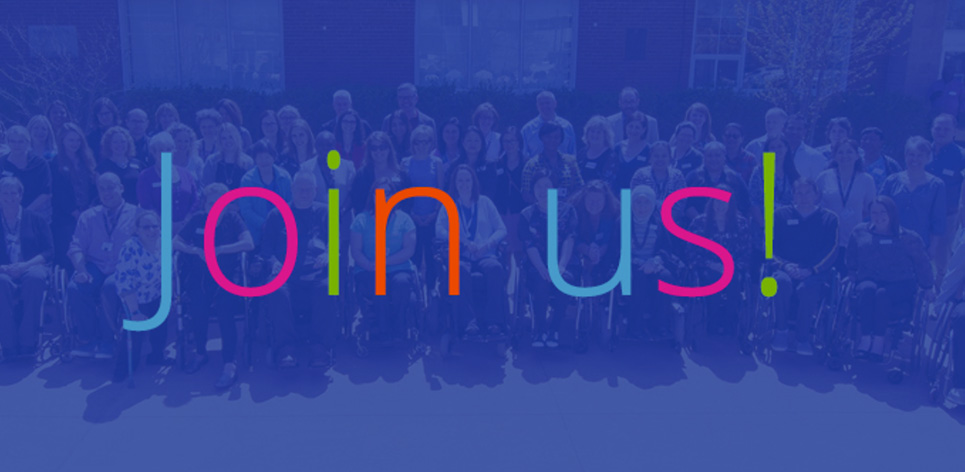Skin health & pressure injuries
Too much pressure
A pressure injury (pressure sore or bed sore) is an injury to the skin and the tissue underneath as a result of constant pressure on the skin. Pressure injuries may also be cause by shear (a tear caused by pressure + friction) or by sitting in dampness. In areas of the body where you do not have feeling, you will not notice when you start to feel sore. People with reduced mobility and sensation are at a greater risk. High risk areas are the tailbone, backside, hips and heels.
Prevention is key
Pressure injuries can develop in just a few hours, are difficult to heal and can lead to dangerous infections. They are almost always preventable. You will be advised to perform daily skin checks to look for areas of redness on pale skin or blueness on dark skin, swelling that feels firm, or broken skin. In the event that you or someone else notices any of these skin issues, immediately get advice about how to treat it from a support or medical person. Early intervention is key to helping a pressure sore heal quickly.
The best ways to prevent pressure injuries are well-fitting equipment and pressure relief. You will be given more detailed information and pressure relief techniques in rehab. This is one of those health issues where an ounce of prevention really is worth a pound of cure: a little work in advance saves harm and pain down the road.
We have created some resources to help you and your healthcare team stay aware and work together to keep your skin healthy. Whether these are new info or a refresher, we hope they help you protect your skin. Check out our Managing Pressure Injuries resources on Cortree
Pressure injuries publication
We have revised our publication entitled Preventing and Treating Pressure Sores, which is funded by the Ontario Neurotrauma Foundation in partnership with Praxis Spinal Cord Institute (formerly Rick Hansen Institute). To obtain the publication:
- SCIO clients can access a print version from their regional staff contacts (Regional Service Co-ordinator or Peer Support Co-ordinator)
- SCIO Core Members (SCIO clients, registered SCIO community members with an SCI, registered family members) and Clinicians can access a digital version of the guide on Cortree – learn more.
- Clinicians who wish to order a bulk supply of the printed guides can contact us through Cortree to arrange purchase and delivery.





